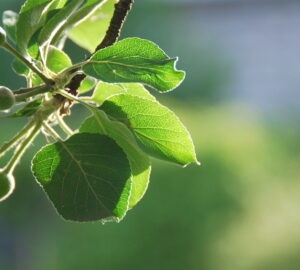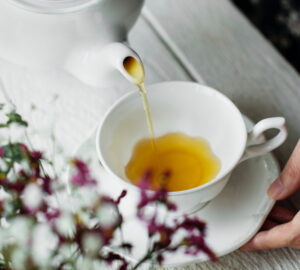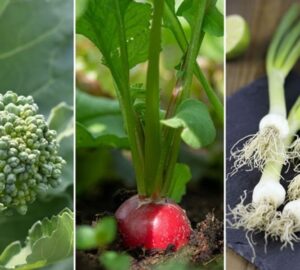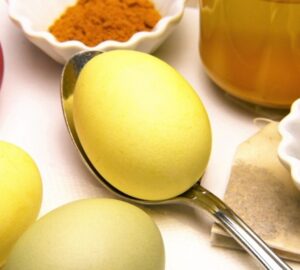Dill, known scientifically as Anethum graveolens, is a beloved herb that has graced gardens and kitchens for centuries. Its feathery green leaves and distinct aroma make it a staple in many culinary traditions. Whether you’re a seasoned gardener or a novice, dill is a fantastic addition to your garden. Let’s dive into what makes dill special, how to cultivate it, and the myriad ways it can benefit both your garden and your health.
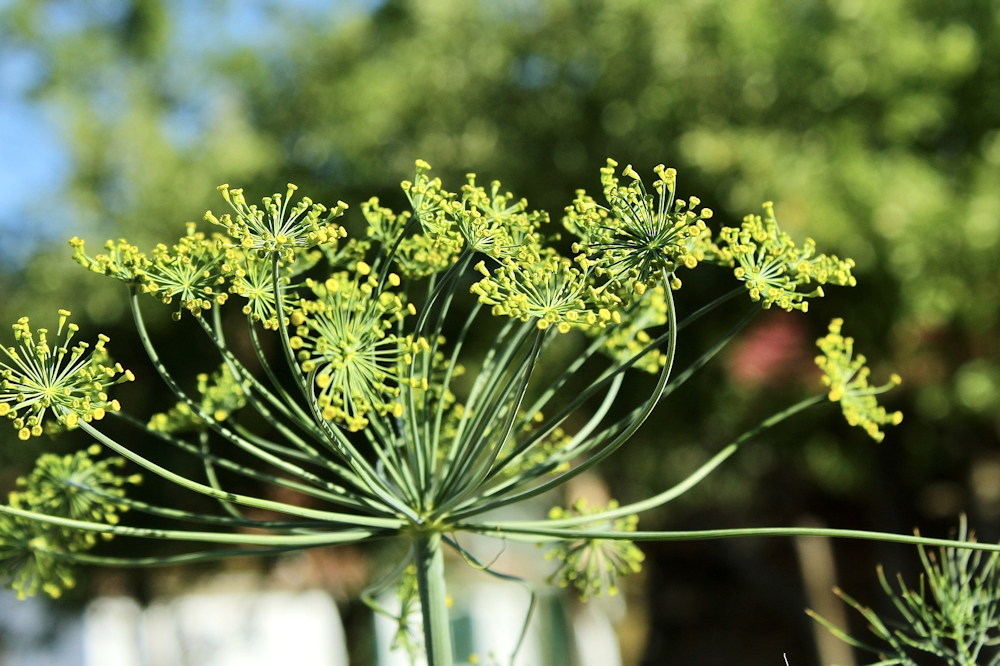
A Brief History and Appearance
Dill is a member of the Apiaceae family, closely related to carrots and celery. It is characterized by its soft, delicate, fern-like leaves and tall, slender stems that can reach up to 40-60 cm (16-24 inches) in height. The plant produces small, yellow umbels of flowers that eventually give way to flat, oval seeds.
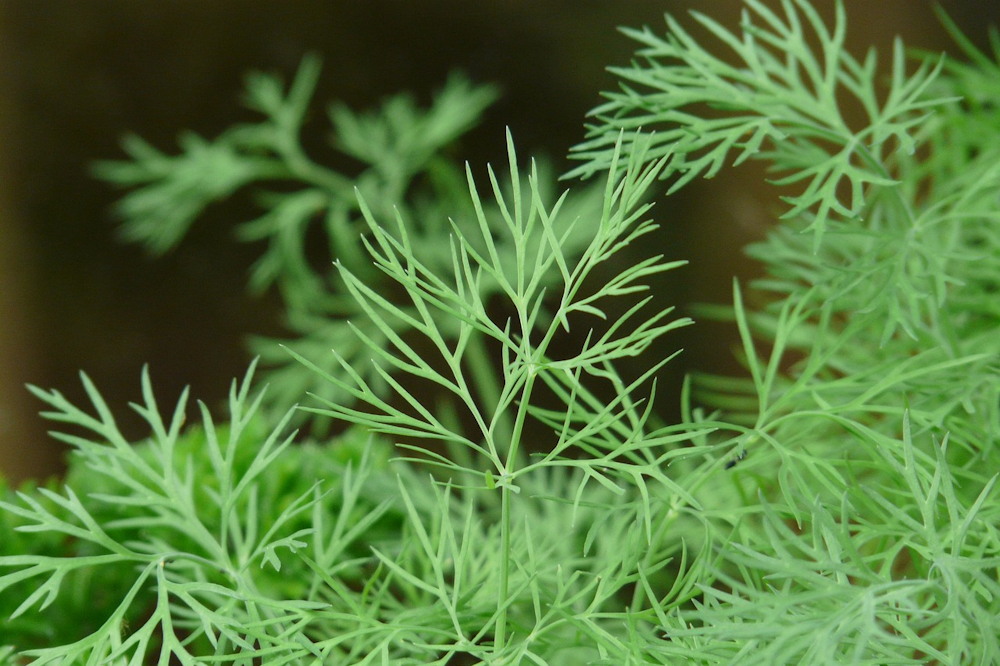
Dill has been cultivated for over 2,000 years, with its origins tracing back to the Mediterranean and western Asia. Ancient Egyptians used dill for medicinal purposes, while the Greeks and Romans valued it both as a culinary herb and a symbol of wealth.
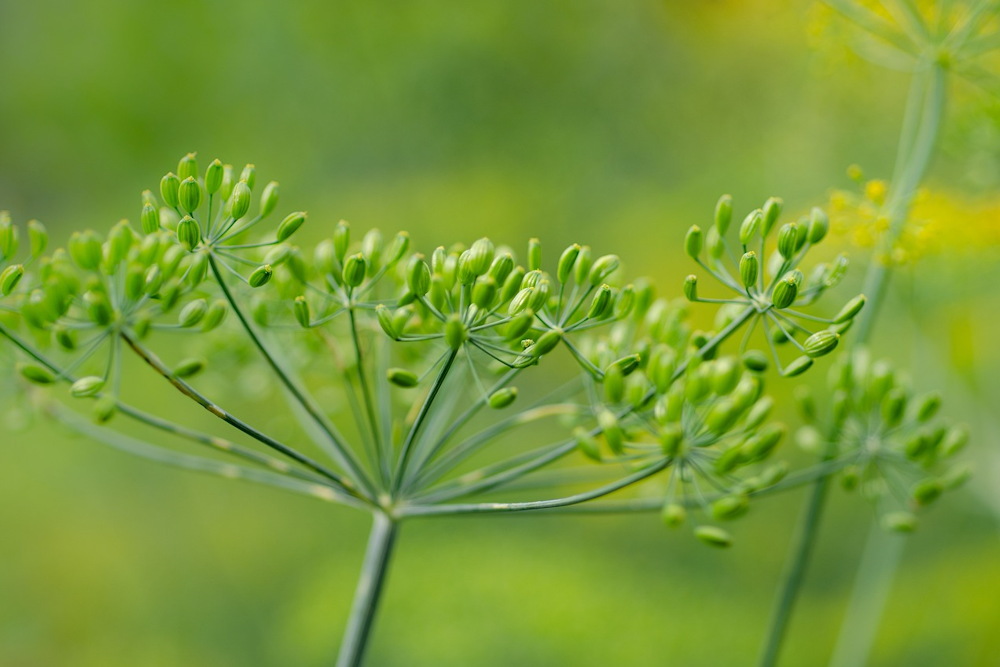
Growing Dill: A Gardener’s Guide
Planting and Care
- Soil and Location: Dill thrives in well-drained, slightly acidic to neutral soil (pH 5.5-6.5). Choose a sunny spot in your garden, as dill requires at least 6-8 hours of direct sunlight daily.
- Sowing Seeds: Directly sow dill seeds outdoors after the last frost, spacing them about 1/4 inch deep and 18 inches apart. You can also start seeds indoors 4-6 weeks before the last frost and transplant the seedlings.
- Watering: Keep the soil consistently moist but not waterlogged. Dill prefers moderate watering; allow the top inch of soil to dry out between waterings.
- Fertilizing: Dill is not a heavy feeder. A light application of compost or balanced organic fertilizer at planting time is usually sufficient.
- Pests and Diseases: Dill is relatively pest-resistant but can occasionally be affected by aphids and caterpillars. Use organic insecticidal soap or introduce beneficial insects like ladybugs to keep pests in check.
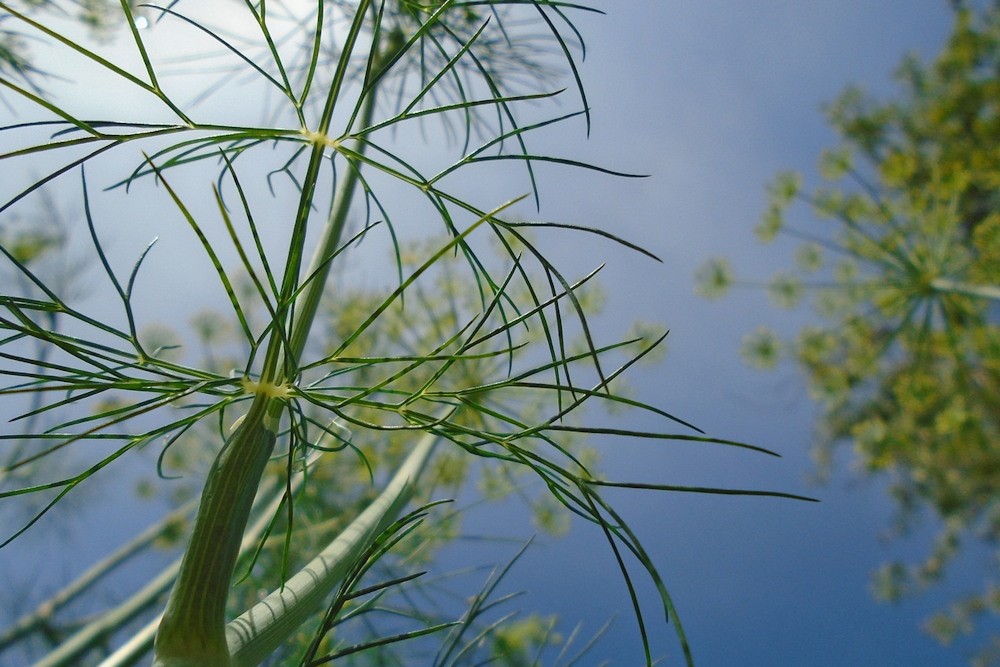
Harvesting
Harvest dill leaves as needed, starting when the plant is about 6-8 inches (15-20 centimeters) tall. For the best flavor, cut leaves in the morning. To harvest seeds, wait until the flower heads turn brown and dry. Cut the heads and place them upside down in a paper bag to catch the seeds as they fall.
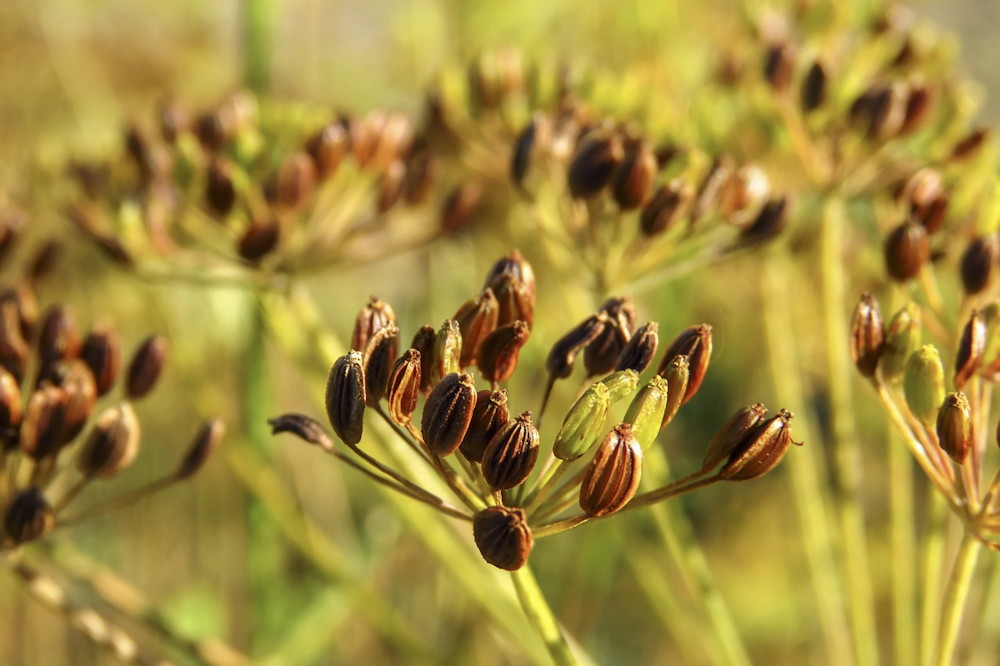
Benefits of Growing Dill
Garden Benefits
- Attracts Beneficial Insects: Dill flowers attract pollinators such as bees and beneficial insects like ladybugs, which help control aphid populations.
- Companion Planting: Dill can improve the growth of certain plants like cabbages and onions. However, it may inhibit the growth of carrots, so plant it away from them.
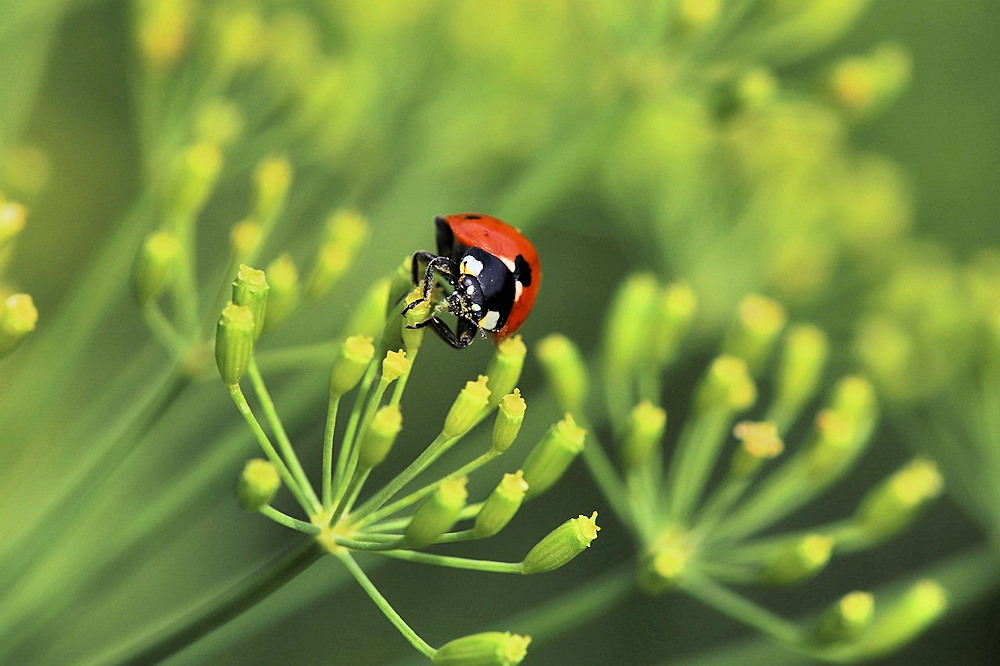
Health Benefits
Dill is not just a culinary delight; it’s packed with health benefits:
- Rich in Nutrients: Dill is a good source of vitamins A and C, calcium, iron, and manganese.
- Digestive Aid: Dill has been traditionally used to relieve digestive issues like bloating and indigestion.
- Anti-inflammatory Properties: Compounds in dill have anti-inflammatory effects, which can help reduce inflammation in the body.
- Antioxidant Effects: Dill contains antioxidants that help protect cells from damage caused by free radicals.
- Bone Health: The calcium content in dill supports bone health.
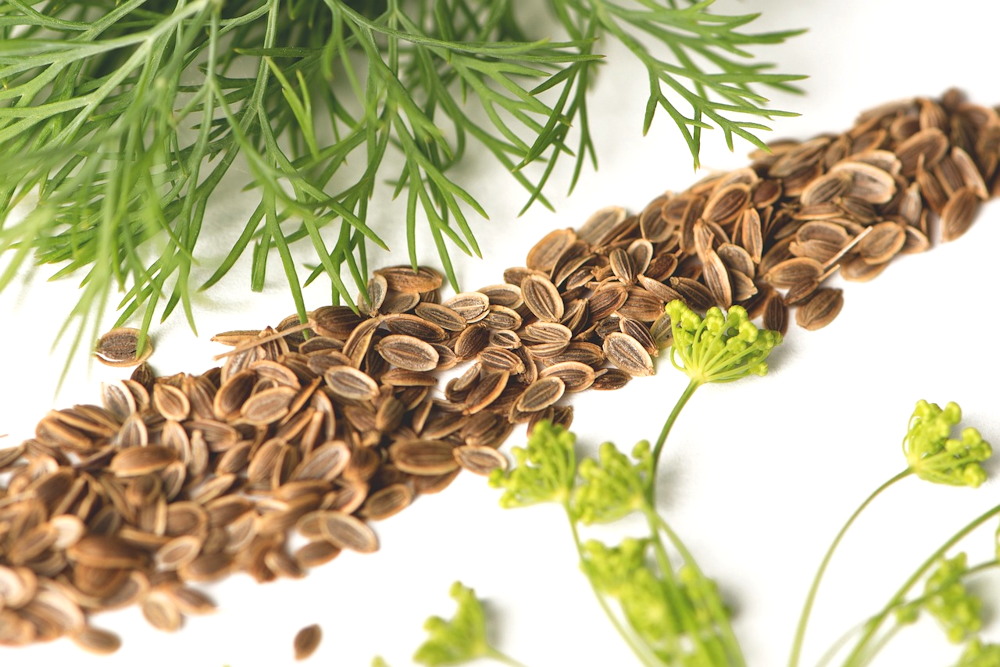
Culinary Uses
Dill is incredibly versatile in the kitchen. Both the leaves (dill weed) and seeds are used in cooking. Here are some popular uses:
- Pickling: Dill is a key ingredient in pickles, providing a distinct flavor.
- Salads and Dressings: Fresh dill adds a burst of flavor to salads and homemade dressings.
- Soups and Stews: Add dill to soups and stews for a fresh, herbal note.
- Seafood Dishes: Dill pairs exceptionally well with fish and seafood.
- Herb Butter and Sauces: Combine dill with butter or creamy sauces for a delicious spread or topping.
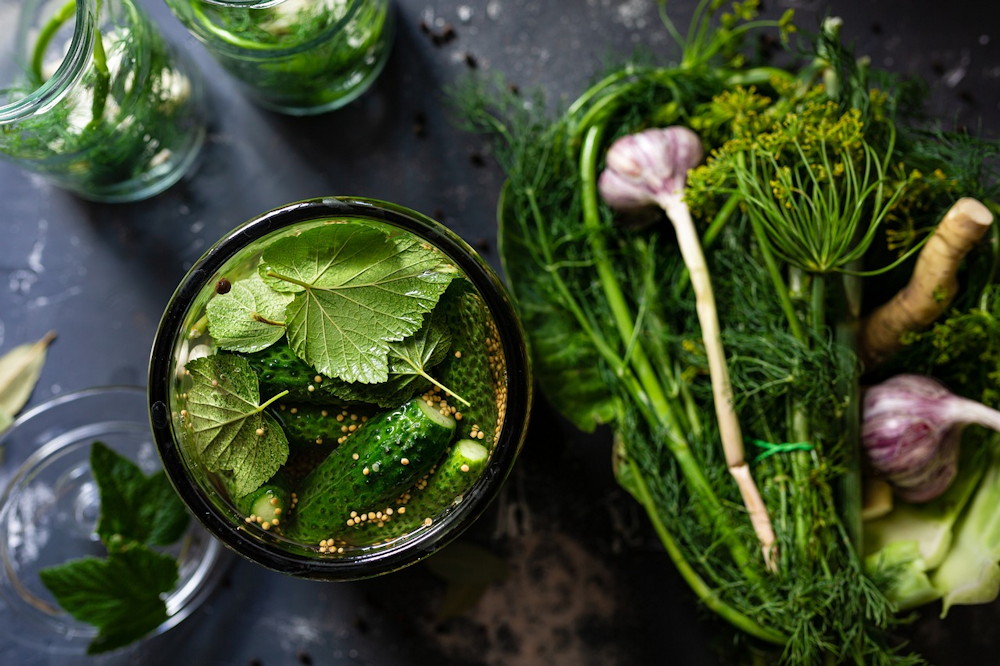
Interesting Facts About Dill
- Historical Uses: Ancient Romans believed dill could ward off evil spirits.
- Medicinal Tea: Dill tea was traditionally used to soothe upset stomachs and relieve hiccups.
- Dill in Literature: Dill is mentioned in the Bible as a valuable garden plant.
- Aromatic Oil: Dill seeds are used to produce dill oil, which is used in perfumes, soaps, and as a flavoring agent.
- Cultural Significance: In medieval Europe, dill was considered a powerful herb for protection and love potions.
- Growth Cycle: Dill is an annual plant, meaning it completes its life cycle in one growing season.

In conclusion, dill is a delightful herb that offers numerous benefits for gardeners and cooks alike. Its ease of cultivation, combined with its culinary and health benefits, makes it a must-have in any garden. Whether you’re looking to enhance your garden’s biodiversity, boost your health, or simply enjoy fresh, flavorful dishes, dill is the herb for you. Happy gardening!






